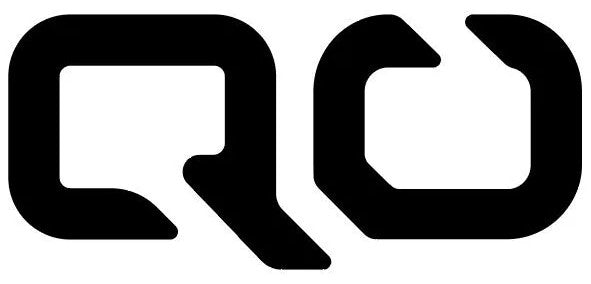Choosing the correct crank length can transform your efficiency, comfort, and even injury prevention on the bike. Below, we answer the most technical and frequently asked questions about crank length for serious riders considering a crankset upgrade.
How do you measure bike crank length?
Crank length is the distance from the center of the bottom bracket spindle to the center of the pedal axle. Most modern cranks are marked with their length on the backside of the arm, near the pedal hole. Use a caliper or metric ruler for confirmation if unmarked.

What is the standard crank length for road and MTB bikes?
Road bikes commonly use crank lengths from 165 mm to 175 mm. MTB setups often lean toward the shorter end for better clearance and faster cadence on climbs. Gravel bikes may split the difference, depending on rider preference and terrain.
How does crank length affect power and cadence?
Shorter cranks allow a faster cadence with reduced knee flexion, ideal for riders with limited mobility or those seeking higher RPMs. Longer cranks provide more leverage, theoretically increasing torque, but may limit cadence and cause knee stress if mismatched to leg length or riding style.
Is crank length related to rider height or inseam?
Yes, but it's not linear. While tall riders generally use longer cranks, factors like femur length, pelvic rotation, and pedaling style also matter. A common baseline:
-
160–165 mm for inseams under 75 cm
-
170 mm for 75–85 cm
-
172.5–175 mm for 85+ cm
However, individual testing and professional fitting are strongly recommended.

Can crank length affect bike handling?
Yes. In disciplines like cyclocross or technical MTB, shorter cranks reduce pedal strike risk and improve clearance in corners or uneven terrain. Road riders using long cranks may experience toe overlap in small frames or instability during high cadence sprints.
How do I know if my crank length is too long or too short?
Symptoms of a poor crank fit include hip rocking, excessive knee strain, or difficulty spinning smoothly. Riders with longer cranks than needed may overreach at the bottom of the stroke, while too-short cranks can compromise leverage. Bike fit analysis or testing multiple lengths in real riding conditions is the best approach.
Final QO tip:
When upgrading to a high-performance crankset like the carbon QO RACE, GRAVA, or ROCKS, choose your crank length not only for tradition, but for your personal biomechanics, riding style, and discipline. Precision in this detail makes a significant difference in your ride.


